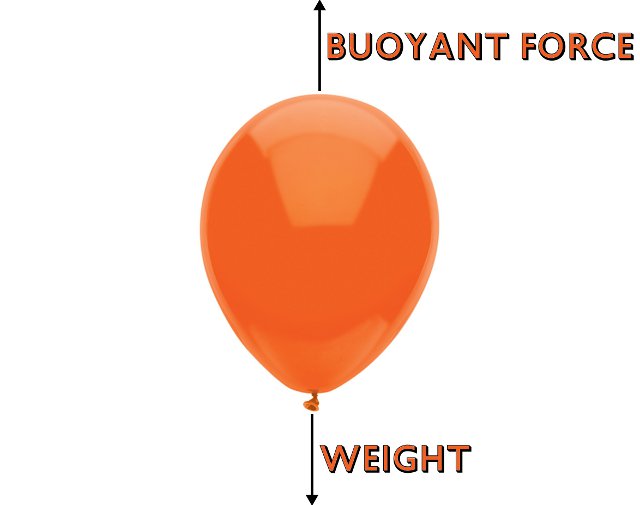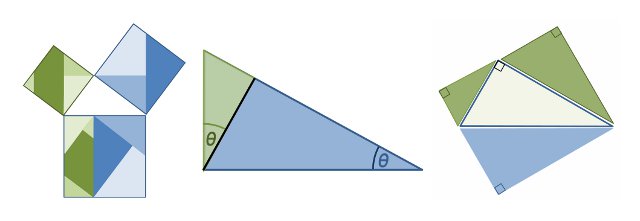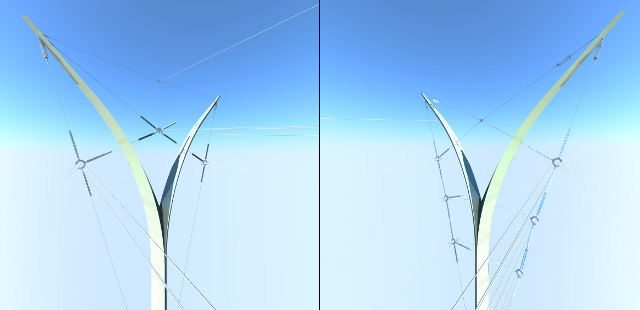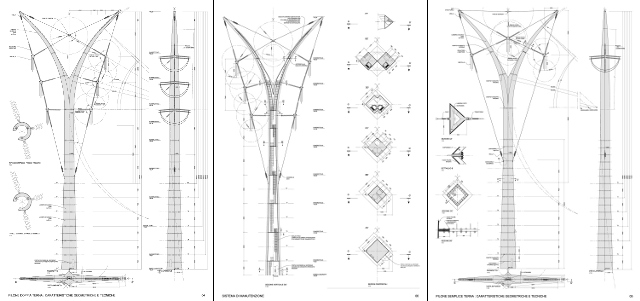The problem with bombs is getting them to their target. Dropping them from the air has always been the standard approach (Austrians used air-dropped bombs during the siege of Vienna in 1849), but this is beset by problems. Even stealth aircraft like the B-2 Spirit stealth bomber and the F-22 Raptor stealth fighter are not perfect.

The Rods from God idea did away with aircraft, and with explosives altogether. The concept is very simple: a series of satellites orbit Earth armed with “tungsten telephone poles”. Once a target has been selected and the satellite is overhead, the “pole” is released and pushed towards Earth by a small rocket motor. As the pole falls to Earth from space it requires no fuel; it is powered by gravity alone.
With such a large distance to fall the rod has plenty of time to accelerate, even when the effect of air resistance is taken into account. Hitting the ground at more than ten thousand metres per second (more than 24000 mph) the rod would be able to strike targets buried deep underground.
With a mass of more than eight and a half tonnes, a rod travelling at that speed would have an energy density of fifty million joules per kilogram, far more than TNT (4.6 million joules per kilogram) or nitroglycerin (6.4 MJ/kg). With very little warning of incoming attacks, the weapon’s speed would make it almost impossible to defend against.
Fortunately (or unfortunately, depending on your viewpoint) the Rods from God (or “kinetic bombardment”) system has yet to be deployed. The most recent mention was in a 2003 US Air Force report (PDF) that classified “hypervelocity rod bundles” as a “Post-2015” technology.










